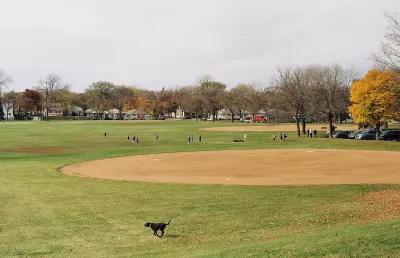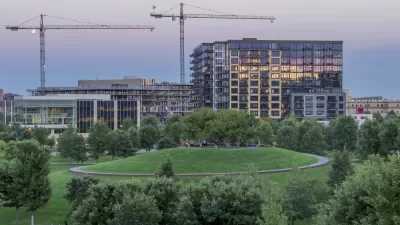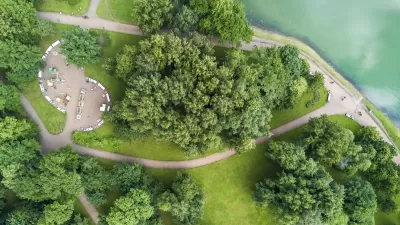In a move to address changing preferences, some Minneapolis' parks are slowly eliminating baseball diamonds and tennis courts in favor of adaptable fields and multi-purpose courts.

As sports such as soccer, lacrosse and pickleball have gained in popularity, Minneapolis' parks have been forced to adapt and change. The change has resulted in the prioritization of larger multi-use fields in lieu of baseball diamonds and the planned removal of some tennis courts. Steve Brandt of the Star-Tribune writes that plans to transform park spaces are part of a 20 year, $220-million park plan.
According to the new proposals, the total number of ball diamonds in the area would be cut from 46 to 30, including complete elimination of diamonds at Corcoran, Green Central and Peavey parks. In their place, new large fields would offer space adaptable for soccer, lacrosse, ultimate Frisbee and cricket. Dedicated tennis courts would drop from 23 to 11, with more emphasis on multisport courts that could accommodate pickleball and volleyball.
Responding to demographic changes and the need to offer more diversity in park offerings, the city's park plans also include splash pads and gardens. More specialized features including dog parks and "adventure play areas" for older children would be distributed around the city to different areas, requiring people to travel for those uses.
FULL STORY: Less baseball, more field sports for Mpls. neighborhood parks?

Trump Administration Could Effectively End Housing Voucher Program
Federal officials are eyeing major cuts to the Section 8 program that helps millions of low-income households pay rent.

Planetizen Federal Action Tracker
A weekly monitor of how Trump’s orders and actions are impacting planners and planning in America.

Ken Jennings Launches Transit Web Series
The Jeopardy champ wants you to ride public transit.

California Invests Additional $5M in Electric School Buses
The state wants to electrify all of its school bus fleets by 2035.

Austin Launches $2M Homelessness Prevention Fund
A new grant program from the city’s Homeless Strategy Office will fund rental assistance and supportive services.

Alabama School Forestry Initiative Brings Trees to Schoolyards
Trees can improve physical and mental health for students and commnity members.
Urban Design for Planners 1: Software Tools
This six-course series explores essential urban design concepts using open source software and equips planners with the tools they need to participate fully in the urban design process.
Planning for Universal Design
Learn the tools for implementing Universal Design in planning regulations.
Ada County Highway District
Clanton & Associates, Inc.
Jessamine County Fiscal Court
Institute for Housing and Urban Development Studies (IHS)
City of Grandview
Harvard GSD Executive Education
Toledo-Lucas County Plan Commissions
Salt Lake City
NYU Wagner Graduate School of Public Service





























